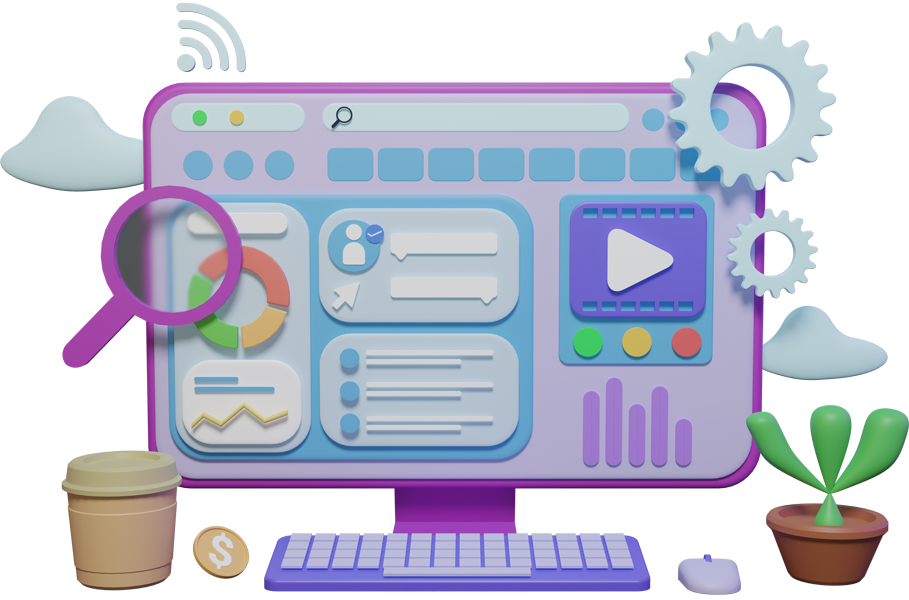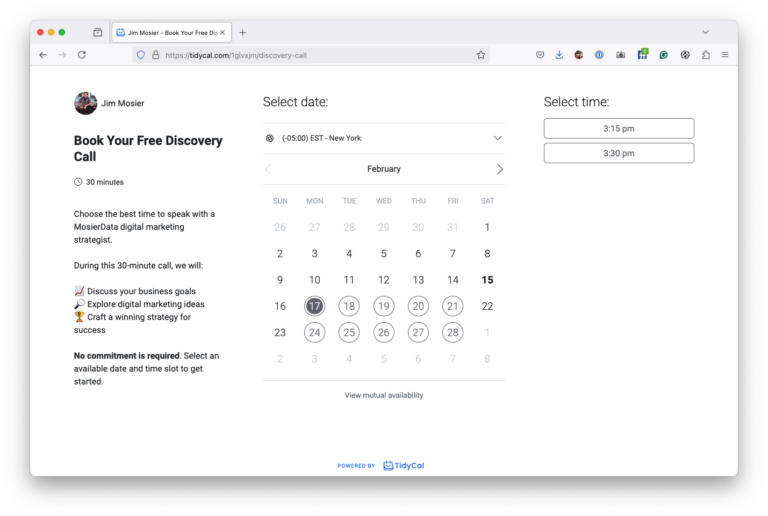You’re about to access the potential of your PPC campaigns with strategic audience targeting. By segmenting your audience based on their demographics, behaviors, and interactions, you can tailor your ads to speak directly to each group. This approach not only boosts your click-through and conversion rates but also guarantees you’re getting the most out of your ad spend. Curious about how to fine-tune your targeting efforts and see tangible results?
In the domain of PPC, comprehending audience segmentation is critical for powering impactful campaigns. You need to identify distinct audience groups based on specific characteristics like interests, online behavior, and purchasing intent. By doing so, you can tailor your ads to resonate with each segment’s unique needs and preferences. This isn’t just about understanding who your audience is; it’s about knowing what makes them tick.
When you segment effectively, you guarantee your messaging reaches the right people, increasing engagement and conversion rates. Use tools like Google Ads to break down your audience into manageable segments. This strategic approach allows you to optimize ad spend and maximize ROI by focusing on the groups most likely to convert. Remember, precise segmentation is your key to successful PPC campaigns.
While audience segmentation sets the stage for effective PPC campaigns, demographic targeting sharpens your focus even further. You can tailor your ads to specific age groups, genders, income levels, or education backgrounds, guaranteeing your message reaches the right people. By doing this, you increase relevancy and improve click-through rates.
For instance, if you’re promoting luxury items, targeting higher income brackets confirms your ads reach those likely to purchase.
Don’t forget, platforms like Google Ads and Facebook Ads offer robust demographic targeting tools. You can easily adjust settings to refine who sees your ads based on key demographic data. This approach not only maximizes your budget by reducing irrelevant clicks but also boosts conversion rates.
Use demographic insights to craft tailored messages that resonate with your target audience.
How can you guarantee your PPC ads truly resonate with your target audience? By utilizing behavioral targeting, you can craft ads that speak directly to users based on their online actions and interests. Analyze browsing history, purchase patterns, and content engagement to tailor your messaging. This approach confirms your ads align with what potential customers are genuinely interested in, increasing the likelihood of conversions.
Behavioral targeting allows you to segment audiences more effectively. By understanding their journey and preferences, you can refine ad content to address specific needs or pain points. This personalized touch not only improves relevance but also enhances user experience. Ultimately, leveraging such insights means your ads get seen by the right people at the right time, maximizing your ROI.
Building on the insights gained from behavioral targeting, you can further enhance your PPC strategy with remarketing strategies. By targeting users who’ve previously interacted with your site, you re-engage potential customers. Create tailored ads that remind them of their interests, addressing specific needs or hesitations they might’ve shown during their last visit.
Use dynamic remarketing to showcase products they viewed, personalizing their experience and encouraging them to return. Segment your audience based on behavior, such as abandoned carts or landing page visits, to deliver more relevant content. Leverage platforms like Google Ads to set up these campaigns efficiently.
When you focus on remarketing, you’re not just reaching out; you’re strategically drawing users back into the conversion funnel.
To truly maximize your PPC campaigns, it’s essential to immerse yourself in analyzing and optimizing audience performance metrics. By doing so, you’ll understand which segments bring the highest ROI and where adjustments are needed. Start by examining click-through rates (CTR), conversion rates, and cost per conversion for each audience segment. These metrics will help you identify underperforming areas and opportunities for improvement.
Don’t forget to regularly test different ad creatives and landing pages. Use A/B testing to determine which variations resonate best with your target audiences. Monitor performance trends over time, and be ready to tweak bids and budgets based on your findings. Consistent analysis and optimization guarantee your PPC efforts remain efficient, maximizing both reach and profitability in a competitive market.
You’ve got to ponder how seasonal trends impact your PPC audience targeting strategies. When seasons change, so do consumer behaviors and interests.
Analyze historical data to identify which products or services gain popularity during specific times. Adjust your targeting to focus on audiences more likely to convert during these periods.
Keep an eye on trends, tweak your keywords, and update your ad creatives to align with seasonal demands. Stay proactive, and you’ll optimize your PPC outcomes.
Yes, PPC audience targeting can definitely boost brand awareness. By pinpointing specific audiences, you guarantee your ads reach those most likely to engage with your brand.
When your target audience repeatedly sees your ads, they become more familiar with your brand, increasing recognition. You can use tailored messages to resonate with their interests, making your brand more memorable.
When you’re looking to get ahead in PPC campaigns, competitive analysis tools are essential. Use tools like SEMrush and Ahrefs to uncover competitors’ keywords and ad strategies.
Google Ads Auction Insights gives you a glimpse of who you’re competing against. SpyFu lets you see competitors’ best-performing ads. These tools help you refine your strategy, ensuring you stay competitive and optimize your PPC efforts effectively. Don’t underestimate the power of informed strategy.
Device segmentation lets you tailor PPC campaigns to specific devices, influencing audience targeting by aligning ads with user behavior. If you notice mobile users convert better, you can prioritize mobile-targeted ads. This approach guarantees you’re delivering relevant content, boosting engagement and conversions.
When you’re targeting PPC audiences, it’s easy to make mistakes. Don’t overlook audience size; too narrow limits reach, too broad dilutes impact. Forgetting to tailor ads for different audience segments can cost you conversions.
Neglecting to exclude irrelevant audiences wastes budget. Ignoring data and performance metrics means missing out on optimization opportunities. Always keep an eye on demographic shifts and adjust your targeting strategies accordingly to maximize results.
By honing your audience targeting strategies, you’ll considerably enhance the effectiveness of your PPC campaigns. Focus on segmenting your audience by demographics and behaviors, and don’t forget the power of remarketing to re-engage previous visitors. Continuously analyze and optimize your performance metrics to refine your approach. Leveraging insights from tools like Google Ads and Facebook Ads guarantees your ads are more relevant, leading to improved click-through and conversion rates, optimized ad spend, and an enhanced return on investment.

